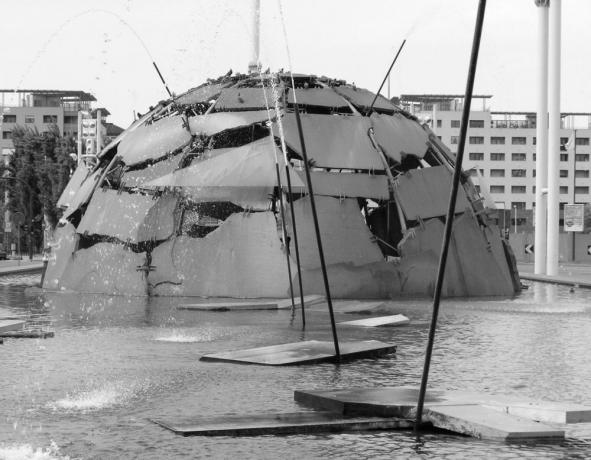Mangas are Japanese comic books, unlike conventional comic books, they are read backwards. It originated through the Oricom Shohatsu (Theater of Shadows), which in feudal times roamed several villages telling legends through puppets. These legends ended up being written on scrolls and illustrated, giving rise to the stories in sequence, and consequently giving rise to the manga. These stories started to be published by some publishers in the 1920s, but their fame only came around the 1940s.
Manga production was interrupted during World War II and only resumed in 1945, having the Marshall Plan as its propellant, as part of the funds for that plan was earmarked for Japanese books. The practice of reading manga increased considerably during this period, as with the war few cultural attractions remained. It was at this time that what we can call “Japanese Walt Disney” appeared, Ossamu Tezuka, creator of the most striking features of the manga: Large and expressive eyes.
Do not stop now... There's more after the advertising ;)
Over time the manga left the paper and ended up on television, becoming anime (cartoons), gaining more popularity and increasing the number of fans around the world. The stories are always varied and with always new clothes, expressive and heroic characters like, for example, “Dragon Ball Z” (main character: Goku), “Yu Gi Oh” (main character: Yu Gi).
by Eliene Percília
Brazil School Team
Would you like to reference this text in a school or academic work? Look:
SCHOOL, Team Brazil. "Mango"; Brazil School. Available in: https://brasilescola.uol.com.br/artes/o-que-e-manga.htm. Accessed on June 28, 2021.



